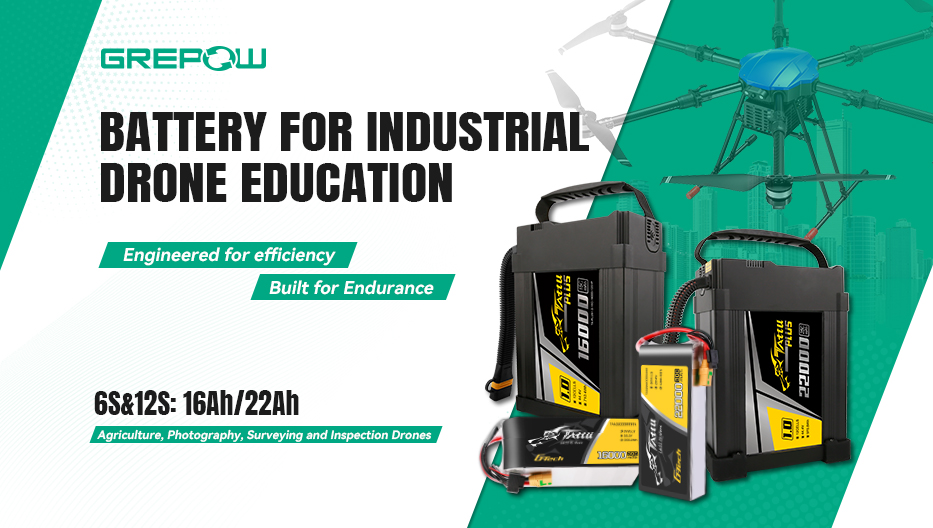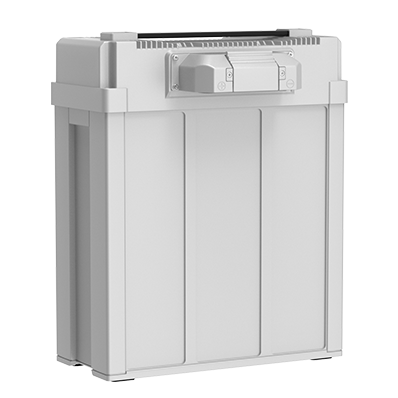What Is A Drone Flight Controller?
Drones, or unmanned aerial vehicles (UAVs), are complex systems that rely on several components to achieve stable flight and perform various functions. Among these components, the flight controller plays a critical role, acting as the "brain" of the drone that interprets data from various sensors and translates pilot commands into motor actions. This article delves into the workings of drone flight controllers, how unmanned aircraft are controlled, and key differences between related components and systems.
What is a flight controller on a drone?
A flight controller (FC) is the central processing unit of a drone. It integrates sensors, software, and communication modules to control the drone’s flight and stability. It's essentially the "brain" that allows a drone to fly smoothly and respond to pilot input. Core responsibilities of a flight controller include:
●Stabilizing flight: Using gyroscopes and accelerometers, the FC ensures the drone remains balanced and level during flight.
●Processing input commands: It interprets commands from the remote control or autopilot system and adjusts the drone’s motors accordingly.
●Navigation: Some flight controllers incorporate GPS for autonomous navigation and return-to-home functionality.
●Data integration: They communicate with external systems such as cameras, payloads, or telemetry modules.
Flight controllers often run on specialized firmware like Betaflight, ArduPilot, or PX4, which enable features ranging from basic stability to advanced autonomous flight.

The relationship between drone flight controllers and related software
The relationship between the flight controller and software is symbiotic. The flight controller is the physical hardware component that receives sensor data, processes it, and sends commands to the motors. The software, often referred to as firmware or flight control software, is the digital brain that runs on the flight controller, interpreting sensor data, executing flight algorithms, and controlling the drone's movements.
●Software Provides Operational Rules: The firmware on the flight controller dictates how it processes sensor inputs, interprets pilot commands, and adjusts motor outputs.
●Customization and Upgrades: Flight controller software allows users to customize flight characteristics (e.g., sensitivity, flight modes) and enables firmware updates for improved performance or added features.
●Communication and User Interface: Software enables users to interact with the FC through configuration tools, tuning parameters, and troubleshooting.
●Autonomy and Advanced Functions: For UAVs with autonomous capabilities, the software handles waypoint navigation, obstacle avoidance, and other complex tasks by processing GPS data and sensor feedback.
Commonly Used Drone Flight Controller Software
| Feature/Software | ArduPilot | PX4 Flight Stack | iNav | Betaflight |
| Primary Use | Autonomous flight | Custom UAVs | FPV with autonomy | FPV racing and freestyle |
| Vehicle Support | Multirotors, fixed-wing | Multirotors, fixed-wing | Mostly multirotors | Primarily multirotors |
| Autonomy Features | Extensive | Extensive | Moderate | Limited |
| Community Support | Large | Large | Moderate | Large |
| Open Source | Yes | Yes | Yes | Yes |
| Ease of Use | Moderate | Moderate | Steep | Steep |
| Customization | Highly customizable | Highly customizable | Moderately customizable | Highly customizable |
How are unmanned aircraft controlled?
Unmanned aircraft are controlled through a combination of hardware and software:
●Remote Control (RC): Pilots use a handheld transmitter to send commands to the drone via radio frequencies (e.g., 2.4 GHz or 5.8 GHz).
●Flight Controller Processing: The FC interprets RC inputs and adjusts the speed of individual motors to maneuver the drone.
●Autonomous Flight Systems: For UAVs operating without direct human input, flight controllers process pre-programmed waypoints or dynamic instructions received through ground control software. This allows for complex maneuvers and missions without constant human intervention.
●Feedback Mechanisms: Sensors such as barometers, GPS, magnetometers, and optical flow cameras provide real-time data to the flight controller for stable and precise control.
FPV flight controller vs. UAV flight controller: what's the difference?
While both types of flight controllers are responsible for controlling a drone, there are key differences:
First-Person View (FPV) flight controllers are specifically designed for racing drones and those used in recreational flying where real-time video feedback is crucial. They prioritize rapid response times and agility, enabling pilots to perform acrobatic maneuvers. They often feature advanced features like accelerometer, gyroscope, and barometer sensors for precise control.
In contrast, UAV flight controllers are more suited for commercial applications like aerial photography, delivery or surveying. They prioritize stability, payload capacity, and autonomous flight capabilities. These controllers often include advanced features such as RTK GPS, autonomous flight capabilities, obstacle avoidance and ewaypoint navigation for smoother operation over longer distances.
What is the difference between a flight controller and ESC?
Although both components are vital, the flight controller and Electronic Speed Controller (ESC) serve distinct purposes. The flight controller processes sensor data and pilot commands, determining how fast each motor should spin based on desired movements. The ESCs, on the other hand, receive these speed commands from the flight controller and convert them into signals that control the actual speed of the motors. In essence:
●Flight Controller: Interprets data and sends motor speed commands.
●ESC: Converts those commands into motor actions
Can a drone fly without a flight controller?
Technically, a drone cannot operate effectively without a flight controller. The flight controller is essential for interpreting pilot commands, stabilizing the drone's flight, and adjusting the motor speeds to maintain control.
How far can a drone fly from the controller?
The distance a drone can fly from its controller depends on several factors:
Type of Communication System:
Consumer drones: Typically have a range of 1–10 kilometers using systems like Wi-Fi or proprietary protocols. Stronger Radio Frequency (RF) signals allow for longer distances.
Industrial UAVs: May achieve ranges of 20–50 kilometers using long-range radio systems (e.g., LoRa or satellite communication).
Regulatory Limits: Many countries enforce line-of-sight (LOS) operation for safety.
Battery Life and Environmental Conditions: A drone’s actual range is limited by its battery capacity and interference from terrain or weather.
It's important to note that flying beyond the recommended range can lead to loss of control and potential accidents. Always adhere to local regulations and guidelines when flying drones.
Conclusion
The flight controller is a cornerstone of drone technology, enabling stable and precise flight. Understanding these aspects of flight controllers enhances both novice and experienced pilots' ability to operate drones safely and effectively in various applications. Whether you're piloting an FPV racing drone or an industrial UAV, the flight controller is the key to unlocking a world of aerial possibilities. Grepow, a world-leading LiPo battery manufacturer, delivers cutting-edge battery solutions for the drone industry. Our offerings include high-energy-density, large-capacity UAV batteries and high-discharge-rate FPV batteries, designed to meet diverse requirements. For inquiries or assistance, feel free to reach out to us at info@grepow.com.
Related Articles:
An In-Depth Guide to Drone Motors
What is a Drone ESC and Is it Important?
How to Choose the Right Drone Propeller?
Understanding Drone Payload: A Comprehensive Guide
How To Choose The Right Motors And Propeller For Different Drone Applications?
Related Articles
-

What Is an Inspection Drone?
2025-04-21 -

What Is a Long Endurance Drone?
2025-04-16 -

Empowering Drone Training with Grepow’s Tailored Battery Solutions
2025-04-15
Related products
-

Tattu 6S 16000mAh 30C 22.2V Lipo Drone Battery Pack
-

Tattu 3.0 18S Lipo 30Ah 68.4V Smart UAV Drone Battery
-

28000mAh 22.2V 6S Semi-Solid State Battery Pack


















































